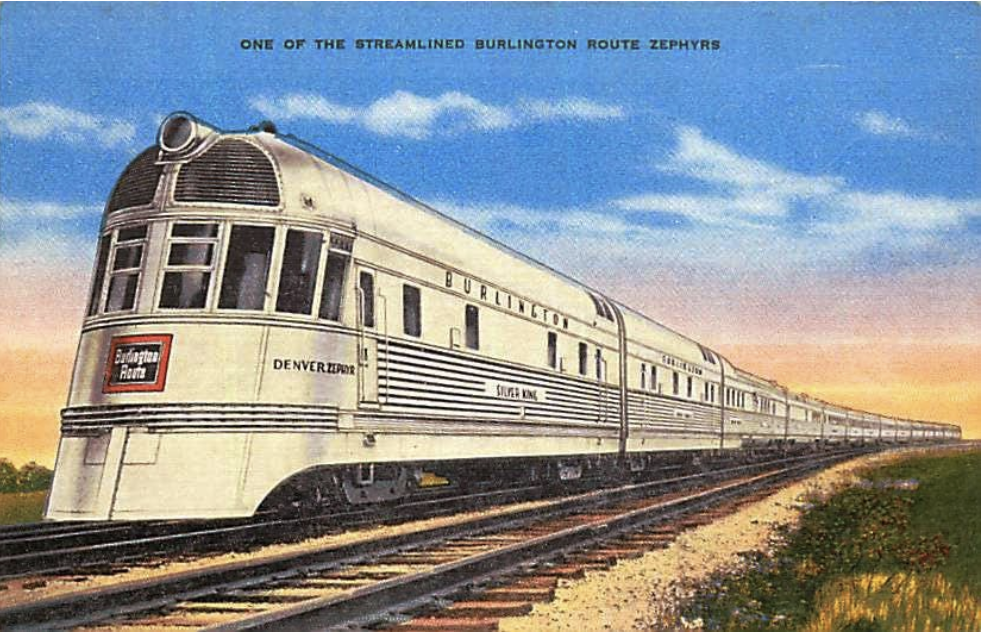Rail Fail
North America's passenger trains, once world-beaters, have become global laughing stocks.

North America's passenger trains, once world-beaters, have become global laughing stocks
// It’s an old-guy cliché to profess a love for trains, and then go on about how much better things were in the good ol’ days. Whatever, grandpa—the age of steam is over, buy a Tesla already!
Well, I hope you’ll sit down a spell and indulge me, because, passenger-rail-wise, things really were better (and faster, and more frequent) in North America not so long ago. They could be that way again. Hell, given the fact that Joe “Amtrak” Biden is currently POTUS and a Conservative isn’t the PM of Canada, they should be that way again. Widespread inter-city passenger rail service, preferably electric and affordable, should be a no-brainer: one of the lowest-hanging fruits when it comes to wrangling the climate crisis and reducing emissions.
A century ago, the United States had 380,000 miles (610,000 kms) of tracks, more than any other nation. As early as 1934, Burlington’s streamlined Pioneer Zephyr crossed a thousand miles of the rural Midwest at an average speed of 78 mph (125 km/h), regularly topping out at 112 (180 km/h) in its non-stop run from Denver to Chicago. In the 1950s, the trip from Chicago to Minneapolis on the Olympian Hiawathan took only four and a half hours (today, on Amtrak’s Empire Builder, it takes more than eight). Fabulously appointed sleeper cars, and chefs that rivaled New York’s best, made trains like the Hollywood-bound Super Chief into international by-words for glamor.
